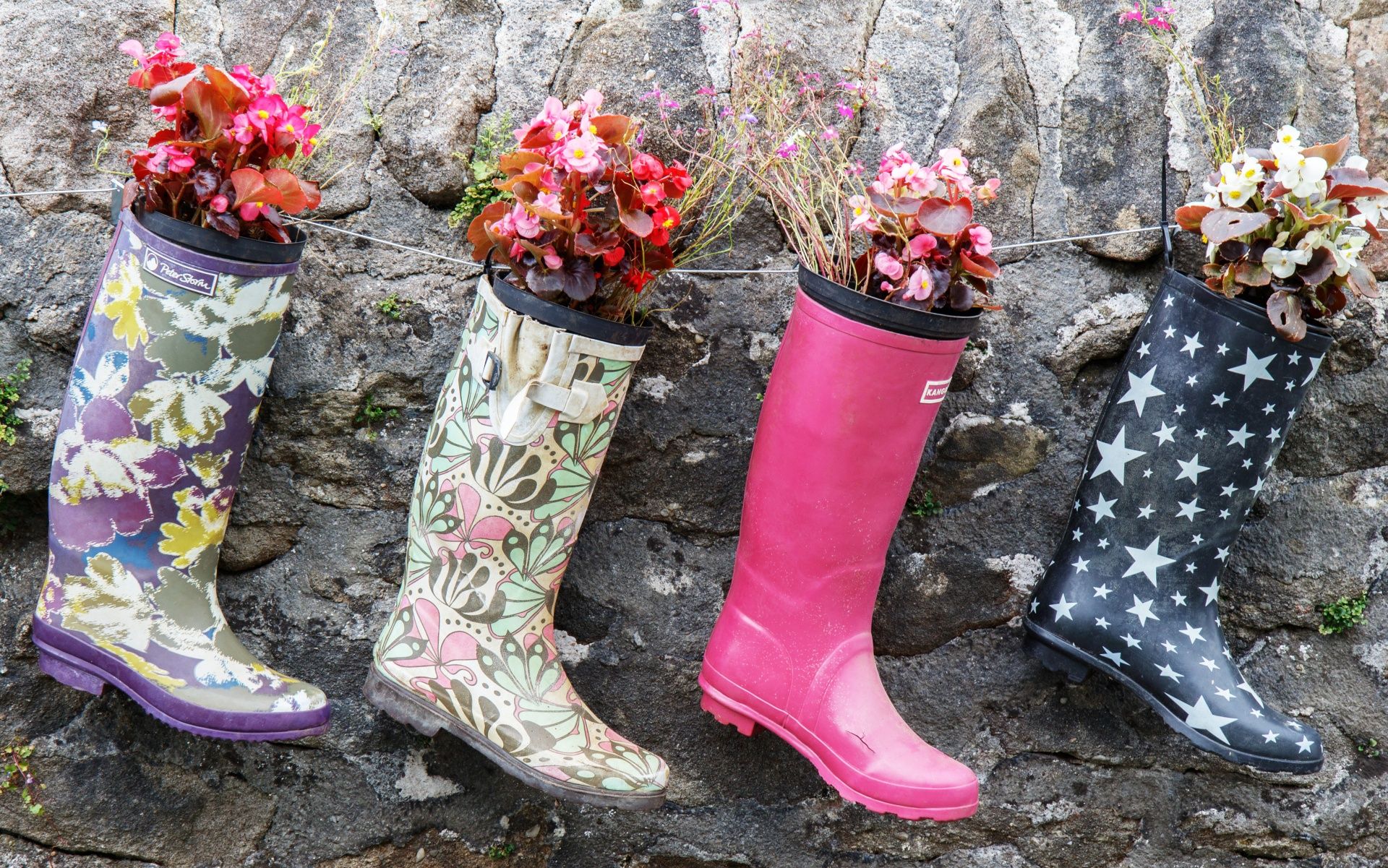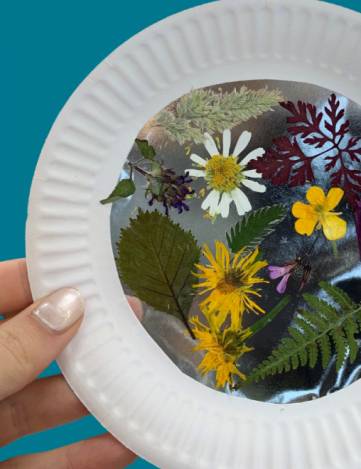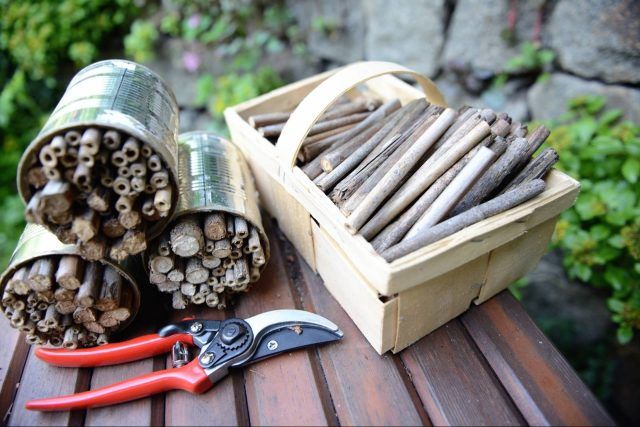How to plant flowers around your neighbourhood
Fancy brightening up where you live? Plant in pots, upcycled planters or directly in the ground.

Pollinator-friendly flowers promote biodiversity and can be a vital food source for bees, butterflies and other pollinating insects.
What you will need
- A patch of ground, used pots or containers to upcycle – think old boots or wellies!
- Flowering plants or seeds
- Peat-free compost, gloves and a spade
- If upcycling an item, a drill or tool for drainage holes
This is an activity you can start doing by yourself and then encourage others in your community to follow, or you could arrange a day where you get together with your neighbours and start planting all together.

How to bring your community together for planting
1) Arrange a time and place
Arrange a day and a place to get together to plant flowers in the street, or promote it if you’re hoping to get your wider community involved.
2) Choose where to plant your flowers
Decide where to plant flowers in the street: perhaps along a fence or wall, in a communal garden, around bus stops or benches. Be sure to keep track of which ones belong to which people, or who will care for each plant!
3) Collect your planters
Ask people to bring their old wellies or walking boots (if you want to do something like the image above), or pots, or any flower-holding device! And some plants or seeds.
4) Drill drainage holes and add compost
If needed, pierce or drill drainage holes in your containers. Fill your planters with compost – people can do this with their hands, or you can make a scoop by cutting plastic bottles in half (add a bit of sellotape around the rim if it’s sharp).
5) Plant your seeds
Plant your flowers or seeds in your containers. There are usually instructions on the back of a packet of seeds for seed density and depth.
6) Watch them bloom
If the weather’s dry remind people to water. Prune, replenish or remove when the flowering finishes.
Keep the plants current: you might like to introduce some friendly neighbourhood competition, like ‘the biggest boot’ or ‘summeriest steps’ to get more people involved.
Did you know?
Wherever possible, using peat-free compost (or even making your own!) is a small measure we can all take to protect our environment this spring. Peatlands are precious spaces for wildlife and they’re a huge store of carbon – protecting them is vital in the fight against climate change.
In the same way bees pollinate, we wanted to pollinate a community. It was about making connections with people as we identified green spaces along the road.
Eugenie


